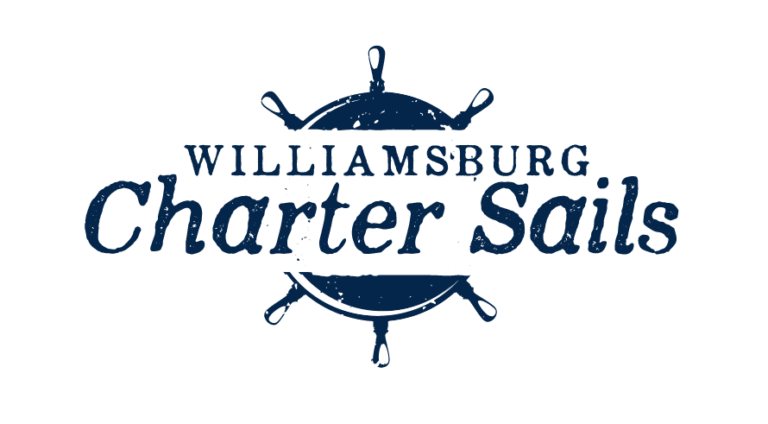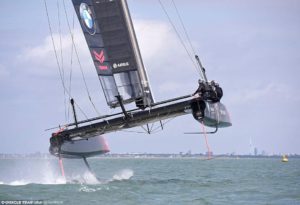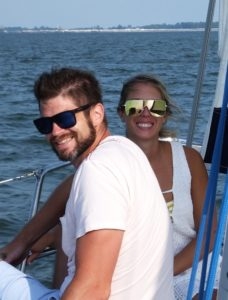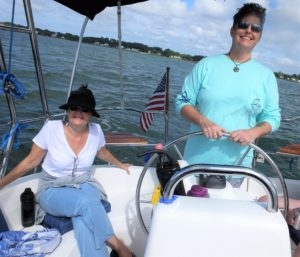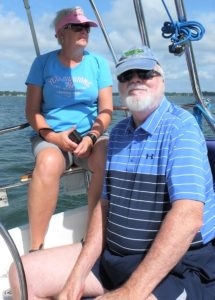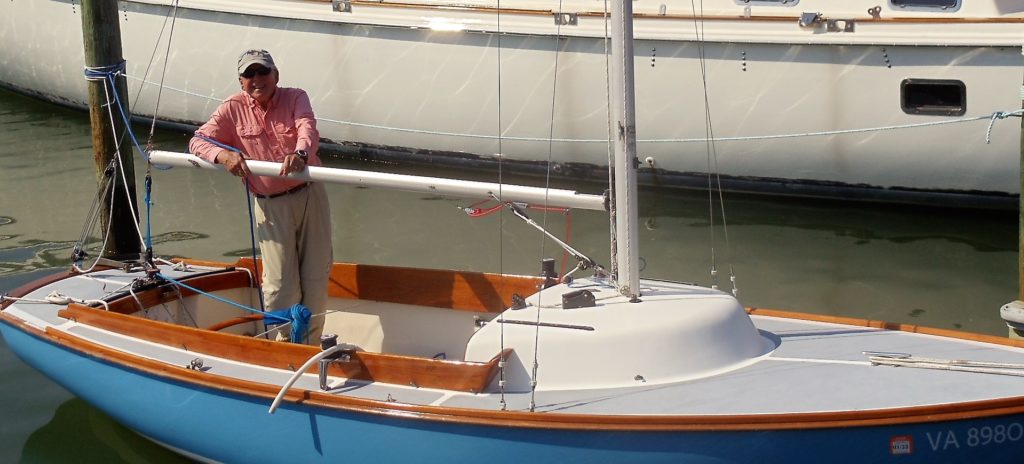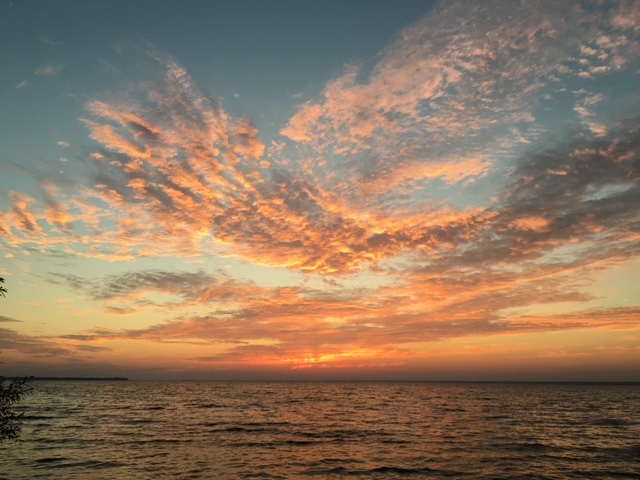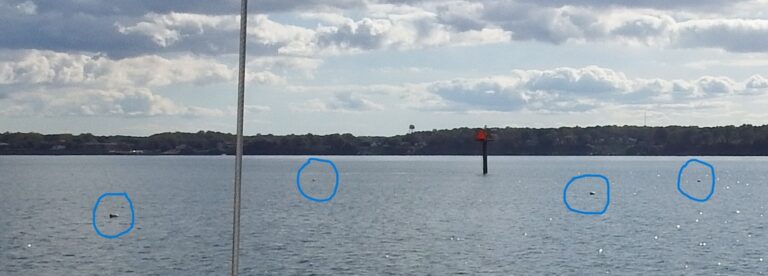https://www.youtube.com/watch?v=UEhCvR43nh8
Here is the ultimate boat rental: Hundreds of millions of tons of cargo shipped by a mega-tanker under sail. Massive sails. 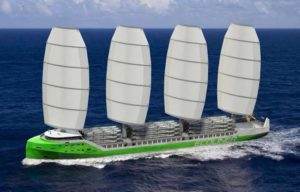
It’s part of a long-term effort to improve “rigid wing wind” transportation by ship. An earlier blog showed that in terms of fuel consumed per ton-mile, a tugboat moving a barge is 2.5 times more efficient than a train and neary 9 times more efficient than a truck. Container ships are much more efficient than tugs. So if sea shipment is the best, just imagine the efficiency of reducing greatly the need for fuel.
Major shipping companies in Japan pioneered the concept under the Wind Challenger Project in collaboration with the University of Tokyo. To appreciate the magnitude of the concept, consider its very description: motor-assisted wind-powered vessel. Not the other way around.
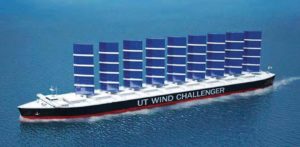 One prototype is the UT Wind Challenger, equipped with nine huge rigid sails of fiberglass composite. The sails reef telescopically and self-rotate to adjust to rising and falling wind conditions. The prototype has enough thrust to sail a 180,000-ton load 14 knots. They ran the numbers for a theoretical shipment from Yokohama to Seattle and managed to exploit the wind 30% of the time. Put another way, fuel savings amounted to 30%. The cost savings is compounded by the reduced carbon footprint from burning less diesel or oil. The drawback is the enormous cost of researching and building the nine sails. And I wouldn’t want to ride out a Class 4 or 5 typhoon on the UT Challenger.
One prototype is the UT Wind Challenger, equipped with nine huge rigid sails of fiberglass composite. The sails reef telescopically and self-rotate to adjust to rising and falling wind conditions. The prototype has enough thrust to sail a 180,000-ton load 14 knots. They ran the numbers for a theoretical shipment from Yokohama to Seattle and managed to exploit the wind 30% of the time. Put another way, fuel savings amounted to 30%. The cost savings is compounded by the reduced carbon footprint from burning less diesel or oil. The drawback is the enormous cost of researching and building the nine sails. And I wouldn’t want to ride out a Class 4 or 5 typhoon on the UT Challenger.
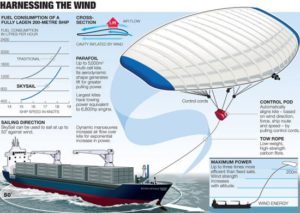 In another unique concept, the trade publication Marine Insight reports of a spinnaker propulsion for cargo ships. “The kite ship or the skysail technology has been proved to reduce fuel consumption of ships when the kite is used in strong winds. Aghia Marina–the largest bulk carrier ship to use skysail technology and Belluga Skysail are some examples wherein the kite technology has been used successfully.”
In another unique concept, the trade publication Marine Insight reports of a spinnaker propulsion for cargo ships. “The kite ship or the skysail technology has been proved to reduce fuel consumption of ships when the kite is used in strong winds. Aghia Marina–the largest bulk carrier ship to use skysail technology and Belluga Skysail are some examples wherein the kite technology has been used successfully.”
The video above shows how the Belluga Skysail works. The kite reduces fuel consumption by 10%-35%. The video below explains the technology in greater detail. The ROI is only three years, making it extremely efficient. The spinnaker flies high up off the bow ahead of the ship in a magnficent series of figure eights. What an adventure to watch!
These sail applications derive in part from the success of extreme sailing found in the America’s Cup behemoths. In the past two races, conventional sloops were scuttled for giant catamarans on air foils. Once they get up to speed, the pontoons rise completely out of the water as the small foils guide the boat. They can fly at 55 mph, astonishing for a sailboat.
Lucky for us, they make a smaller consumer version of the America’s Cup fleet. At $400,000 each, the boat is eminently affordable for the daring-do entrepreneur, but he’ll need more water than the York River and its 2-mile width.

